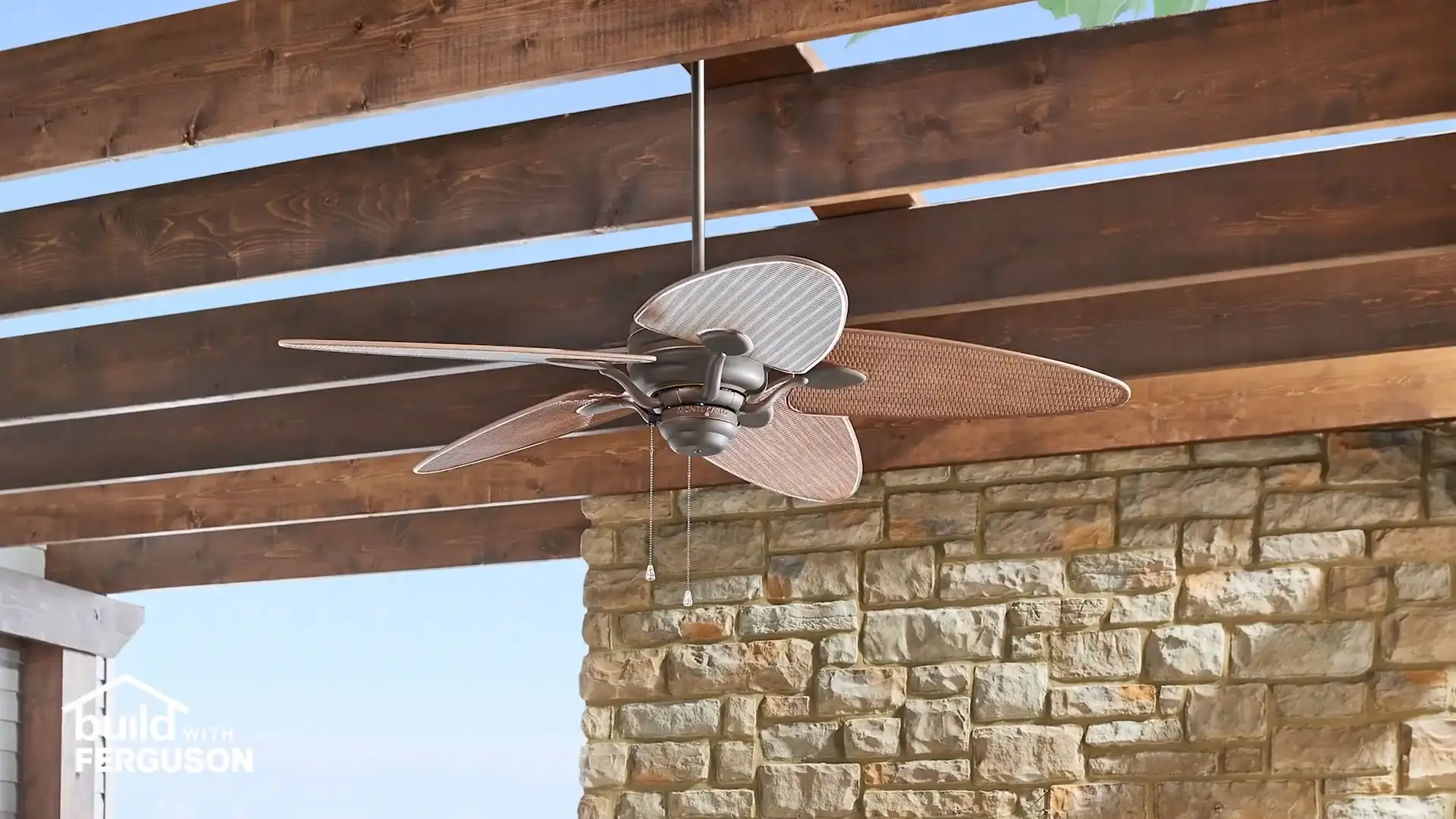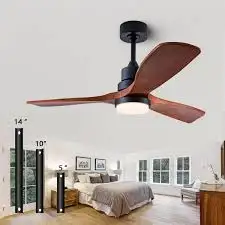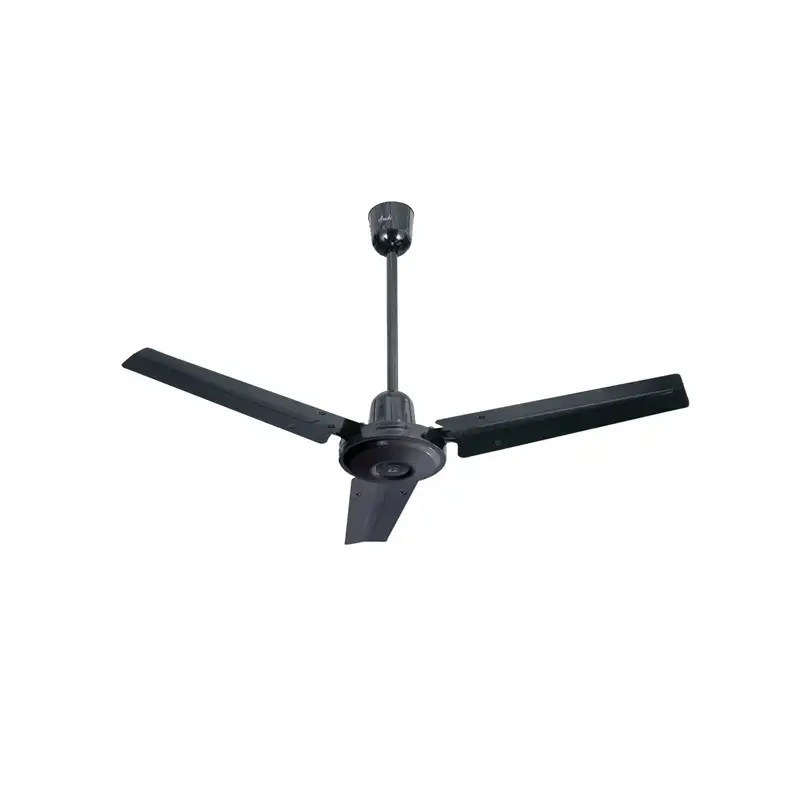quạt trần bảo trì trọn đời

Ceiling fans are essential appliances in many households, providing comfort and reducing energy costs. However, to ensure they function efficiently over their lifetime, regular maintenance is crucial. Neglecting maintenance can lead to performance issues, increased energy bills, and even premature replacement. Establishing a maintenance routine helps in identifying potential problems early on, prolonging the life of your fan and maintaining its aesthetic appeal. Regular upkeep can prevent dust buildup, enhance performance, and save money in the long run. One of the simplest yet most effective ways to maintain a ceiling fan is through regular cleaning. Dust and dirt can accumulate on the blades, affecting airflow and efficiency. To carry out this task effectively, consider the following steps: Electrical components are vital for the ceiling fan's operation. Periodically inspecting these components can prevent safety hazards and malfunctioning. Here are essential checks to perform: Many fans have moving parts that require lubrication to operate smoothly. A well-lubricated fan will run quieter and last longer. Follow these guidelines: An unbalanced ceiling fan can create noise and strain the motor, leading to potential damage. To balance your ceiling fan, consider the following: Investing in modern technology can significantly improve the performance of your ceiling fan. Smart ceiling fans are equipped with features such as remote control, smartphone integration, and energy-efficient motors that not only enhance usability but also provide higher efficiency. Selecting a ceiling fan that fits the size and style of your room is essential. Consider the following factors: Engaging professionals for routine check-ups can provide an expert assessment of your ceiling fan's condition. They can offer guidance on maintenance practices and help identify issues that may not be apparent during regular inspections. Here’s how to find the right professional: Noise can be a significant factor when using ceiling fans. Over time, fans may develop noises that can be annoying. To manage this, try the following: It is recommended to clean your ceiling fan at least once a month. However, in homes with high dust levels or pet hair, more frequent cleaning may be necessary. A wobbly ceiling fan may indicate an imbalance or loose components. Check the blades for even spacing and ensure that screws are tight. If the problem persists, consider using a balancing kit. Yes, you can lubricate your ceiling fan, but it's essential to follow the manufacturer's guidelines for the type of oil and the specific parts to lubricate. Regular maintenance will keep your fan running smoothly.Lifetime Maintenance for Your Ceiling Fan: Keep It Running Smoothly!
Understanding the Importance of Ceiling Fan Maintenance
Regular Cleaning: A Key Component
Checking Electrical Components
Lubrication and Moving Parts
Balancing Your Ceiling Fan
Upgrades and Improvements for Longer Lifespan
Modern Technologies: Enhancing Efficiency
Choosing the Right Fan for Your Space
Regular Professional Check-ups
Understanding Noise Levels
Frequently Asked Questions (FAQ)
How often should I clean my ceiling fan?
What should I do if my ceiling fan wobbles?
Can I lubricate my ceiling fan myself?





